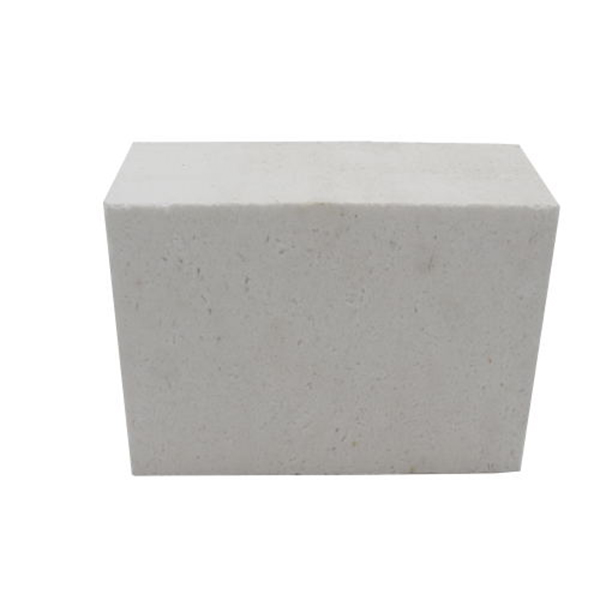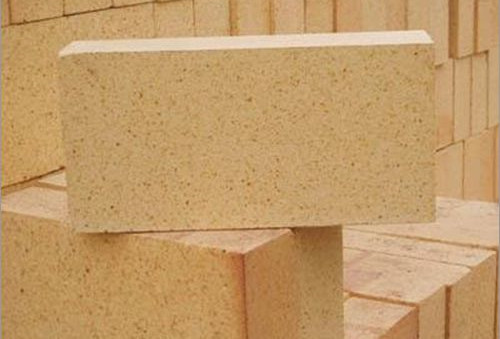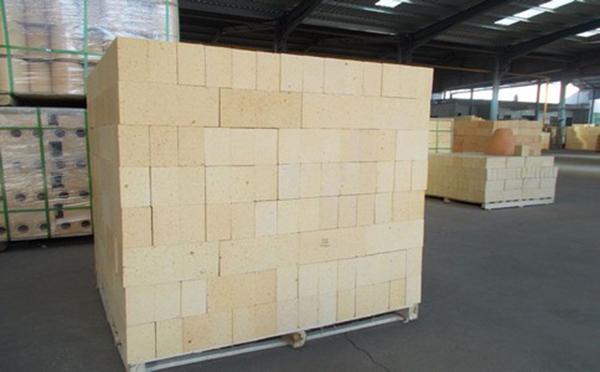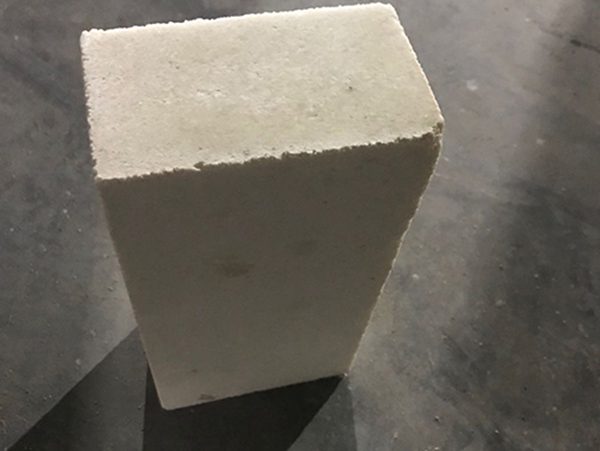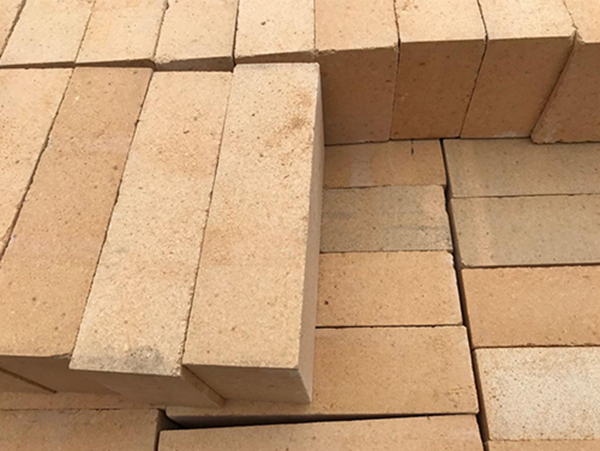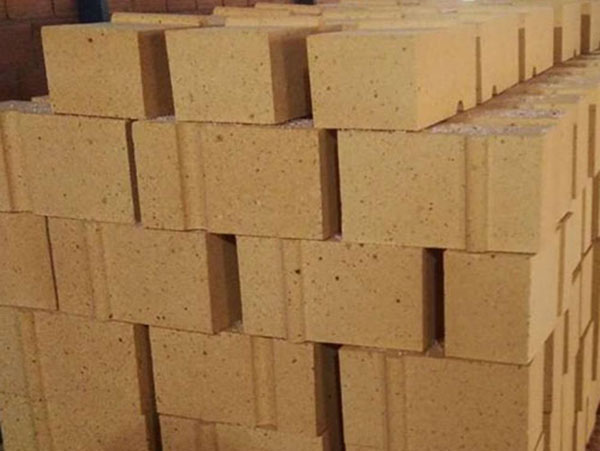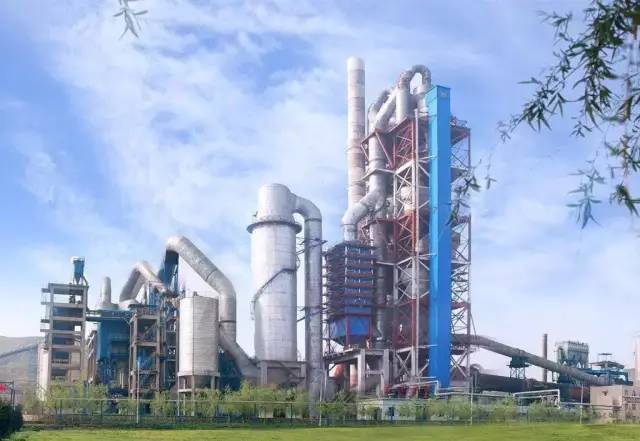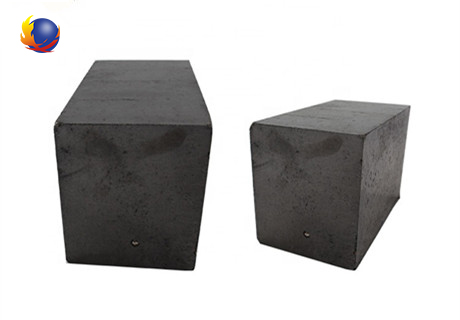
Application of Magnesia-Carbon Bricks in the Steel Metallurgy Industry
Magnesia-Carbon bricks are highly suitable for the requirements of steel metallurgy due to their superior high-temperature resistance, resistance to slag erosion, and excellent thermal shock stability. Leveraging the high refractory properties, excellent slag resistance, and solubility resistance of carbon materials and the low creep at high temperatures of magnesia, these bricks find applications in severely eroded slag lines and steel teeming nozzles. Thus far, the extensive use of magnesia-carbon bricks in the steelmaking process, coupled with process improvements in iron…

